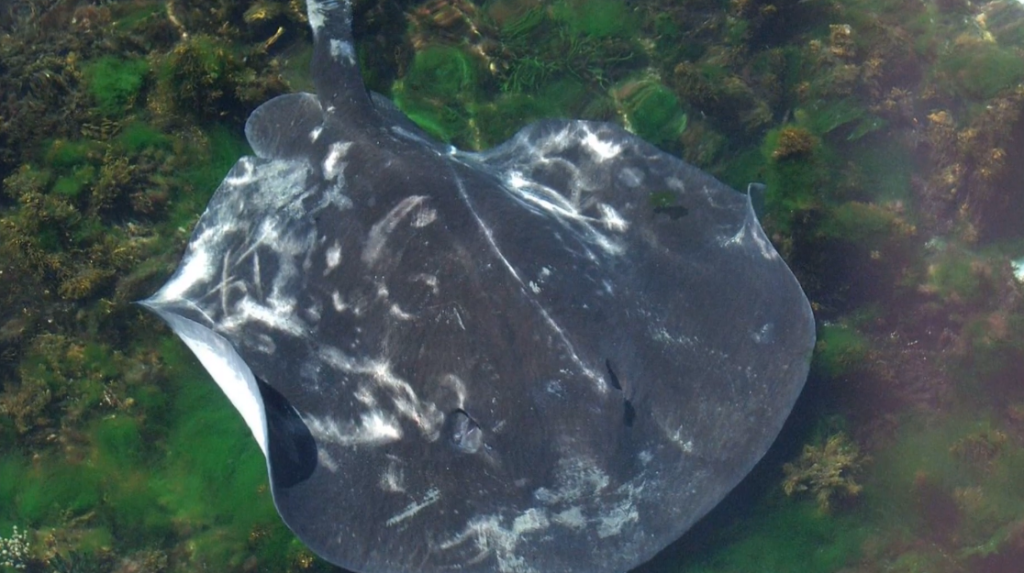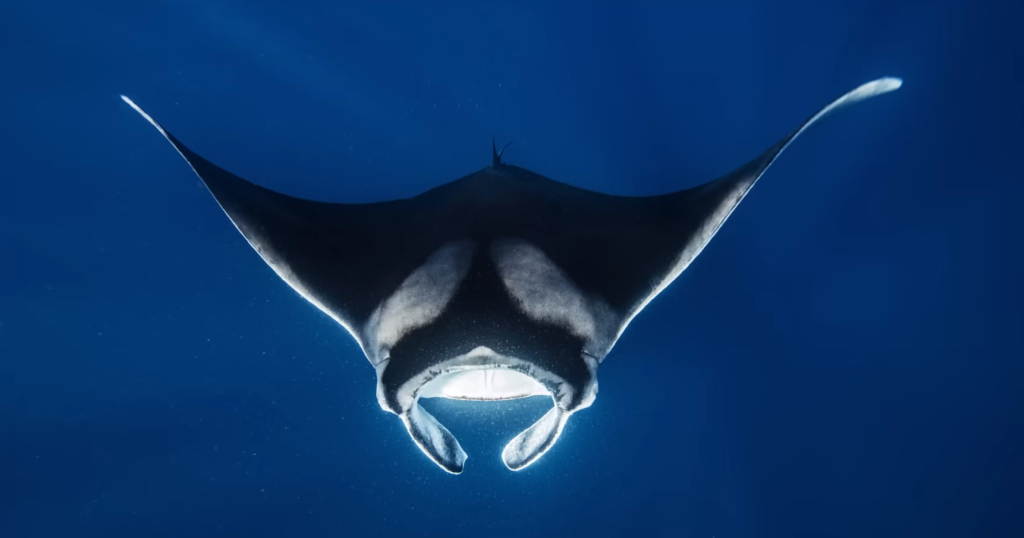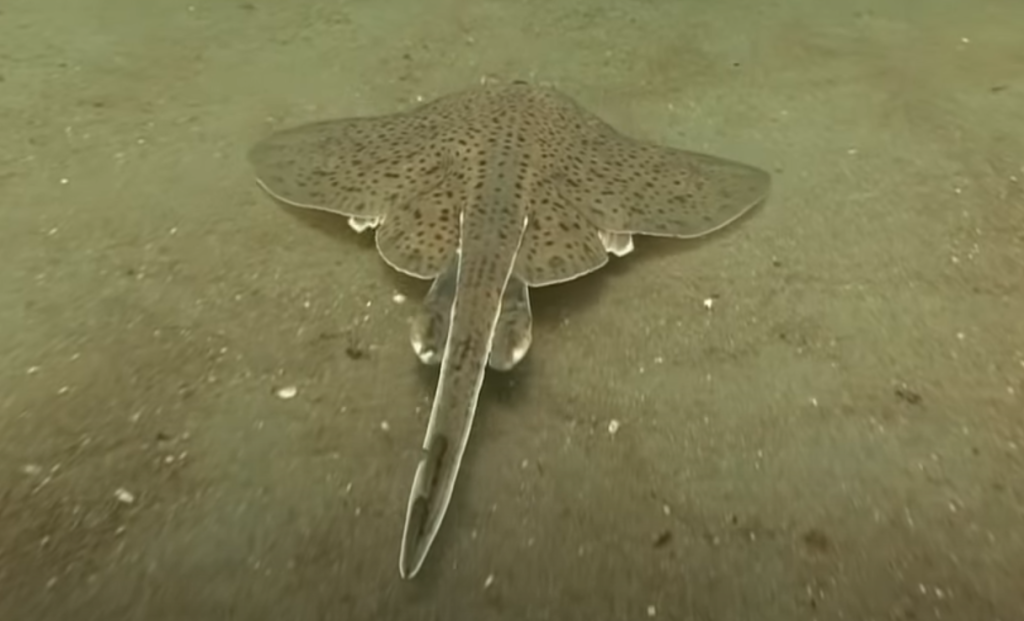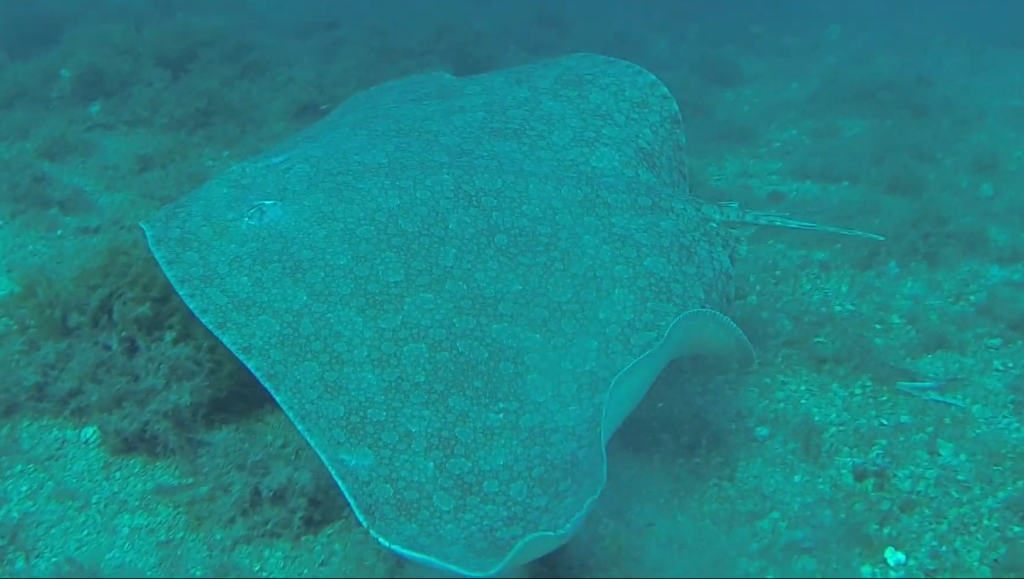A Closer Look at the Unique Stingray Species
Stingrays: An Overview
Stingrays are fascinating creatures that live in temperate, coastal, and subtropical waters around the world. With a history spanning over 150 million years, they are ancient animals that play a crucial role in underwater ecosystems. However, many species of stingrays are currently facing endangerment due to various human activities such as overfishing, climate change, and habitat loss. These factors have led to a decline in their populations and threaten the delicate balance of marine ecosystems.
The Importance of Stingrays in Underwater Ecosystems
Stingrays are considered natural habitat engineers because of their unique behavior as bottom dwellers. They excavate sandy areas while searching for food, creating microhabitats that serve as homes for tiny invertebrates. These microhabitats are crucial for the survival of many organisms and form the foundation of oceanic food chains. Without stingrays, these ecosystems would suffer, and the overall health of the oceans would be significantly impacted.
Moreover, stingrays are part of a larger group of cartilaginous fish known as elasmobranchs. They share similarities with their distant relatives, sharks, and play an important ecological role alongside them.
What Is a Stingray?
Stingrays belong to a group of fish called Batoidea and are characterized by their flat bodies, various colors, and unique ability to camouflage. They have eyes on top of their heads, making it difficult for them to see their food. However, their mouths are located on the underside, allowing them to feed on worms, shrimp, clams, and other sea-floor life.
One of the most remarkable features of stingrays is their tail. They possess serrated venomous barbs, which they use for self-defense. When feeling threatened, stingrays will lift their tails as a warning sign to predators. These barbs can deliver a powerful sting and even be lethal in some cases. It is essential to treat stingray encounters with caution and respect.
11 Types of Stingrays
1. Short Tail or Smooth Stingray

This species, also known as Dasyatis brevicaudata, is one of the largest stingrays in the world. It can reach up to 14 feet in size and weighs nearly 800 pounds. Short tail stingrays are typically found in the West Pacific, Antitropical, Southern Africa, New Zealand, Japan, and Eastern Russia. They inhabit sandy bottoms and bays close to rocky reefs and feed on mollusks, crustaceans, salps, and hyperiid amphipods.
2. Manta Ray

Manta rays, scientifically known as Manta birostris, are renowned for their impressive size and grace. They can grow up to 23 feet and are found in the Western Atlantic, South Carolina, Brazil, Bermuda, and other tropical, subtropical, and temperate waters. The oceanic manta ray lives offshore in deep oceans, while the reef manta ray stays close to coral reefs. Despite their massive size, manta rays feed primarily on planktonic organisms such as euphausiids, copepods, larvae, and shrimp.
3. Electric Ray

The electric ray, belonging to the Torpediniformes family, possesses unique electric organs. Although they deliver a strong electric shock, it is not life-threatening to humans. Electric rays can grow to 4.5-6 feet and are found in the coasts of North and South America, Africa, and the Mediterranean. They feed on herring, kelp bass, anchovies, and halibut.
4. Butterfly Ray

Butterfly rays, also known as Gymnura micrura, have distinct diamond-shaped bodies and come in various colors ranging from brown and gray to light green. They prefer shallow beaches, bays, and open sand. Their diet consists of bony fish, copepods, crabs, shrimp, prawns, and bivalves. Butterfly rays can live up to 100 years and are often preyed upon by larger sharks.
5. Blue Spotted Ray
The blue spotted ray, scientifically named Taeniura lymma, is notable for its vibrant blue spots, which serve as a defense mechanism against predators. They are agile swimmers and can change direction quickly by swimming in zig-zag motions. Blue spotted rays primarily inhabit shallow temperate and tropical waters and feed on sandworms, shrimp, clams, hermit crabs, and small fish.
6. Round Stingray
The round stingray, scientifically known as Urobatis halleri, is recognized for its round shape and lack of dorsal fins. They are usually found along rocky reefs with sandy or muddy sea floors. Their diet includes worms, shrimp, amphipods, and other small fish. Round stingrays have a lifespan of up to 14 years and give birth to up to six pups during mating seasons.
7. Whiptail Stingray
Whiptail stingrays, belonging to the Dasyatidae family, are commonly found in tropical and subtropical waters. They bury themselves in the sand and feed on crustaceans, mollusks, and worms. These rays have various colors and patterns, ranging from blue, gray, and black to green. Whiptail rays use electric organs to stun predators and have a non-aggressive nature.
8. Yellow Stingray
The yellow stingray, scientifically named Urobatis jamaicensis, may have different colors and patterns despite its name. These markings help them blend into the sand and provide a defense mechanism against predators. Yellow stingrays face threats from large predatory fish and tiger sharks. Females can give birth to up to four pups, carrying them for six months.
9. Eagle Ray
Eagle rays, also known as Aetobatus narinari, are large and stunning rays that inhabit open waters up to 200 feet below the surface. They feed on clams, oysters, shrimp, octopus, and sea urchins. Eagle rays have distinct markings and colors, ranging from deep blues to dark gray or brown, with leopard-like spots. They are considered one of the most beautiful rays in the ocean.
10. Southern Stingray
The southern stingray, scientifically known as Dasyatis americana, is primarily found along sandy seabeds on the ocean floor. They use their oversized tails to defend themselves from predators such as hammerhead sharks. Southern stingrays have diamond-shaped bodies that blend with the ocean floor, helping them camouflage. However, they are currently categorized as near threatened due to various threats.
11. Bat Ray
Bat rays, scientifically called Myliobatis californica, have a bat-like appearance with wings and a typically black or charcoal color. They inhabit much of the sea floor, staying close to their food sources and away from predators. Bat rays can live up to 35 years, and females have a gestation period of up to 12 months, giving birth to multiple pups at a time.
Stingrays are fish belonging to the Batoidea group, characterized by their flat bodies, diverse colors, and unique ability to camouflage. They have eyes on top of their heads and primarily feed on bottom-dwelling sea life like worms, shrimps, and clams.
Stingrays play a crucial role in underwater ecosystems as natural habitat engineers. They create microhabitats while searching for food on the ocean floor, crucial for the survival of numerous organisms and forming the foundation of oceanic food chains.
Stingrays feed by using their undersided mouths to consume sea-floor organisms such as worms, shrimp, clams, and other small marine animals.
Many stingray species have serrated venomous barbs on their tails, used primarily for self-defense. When threatened, stingrays can raise these barbs as a warning to potential predators.
Common types of stingrays include the Short Tail or Smooth Stingray, Manta Ray, Electric Ray, Butterfly Ray, Blue Spotted Ray, Round Stingray, Whiptail Stingray, Yellow Stingray, Eagle Ray, Southern Stingray, and Bat Ray.
Stingrays are found in temperate, coastal, and subtropical waters worldwide, typically residing in sandy or muddy sea floors and near coral reefs.
Stingray populations are declining due to human activities like overfishing, climate change, and habitat loss, which threaten the balance of marine ecosystems.
When encountering stingrays, it’s important to treat them with respect and caution. They are wild animals, and particularly their venomous barbs can be dangerous if they feel threatened.



